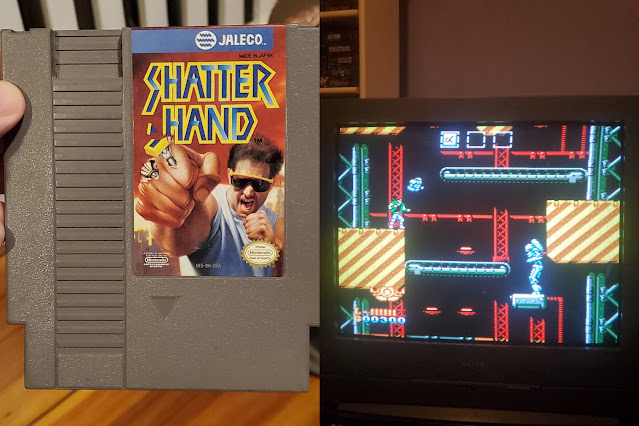Collection essentials #103: Super Mario Bros. 2 (NES)

The story behind Super Mario Bros. 2 is an interesting one, and it’s very well-known among classic video game fans. You see, the Super Mario Bros. 2 you see here was not the first game to carry that title. In Japan, the Famicom had an add-on called the “Famicom Disk System” which was sort of like a new console, only it needed to be connected to a Famicom console to function. Games for the Disk System could be acquired cheaply, as you could bring a disk to a kiosk at a local electronics store and have your desired game written onto a disk at a cost far lower than buying a new Famicom cart. The original Super Mario Bros. 2 was specifically made for fanatics of the first game that wanted more of a challenge, and it was almost like modern-day video game “downloadable content” to give you more levels to play at a low cost. The graphics and look of the game were barely changed, and it uses the exact same music as the original Super Mario Bros. Over in America, the Famicom Disk System was nev...














